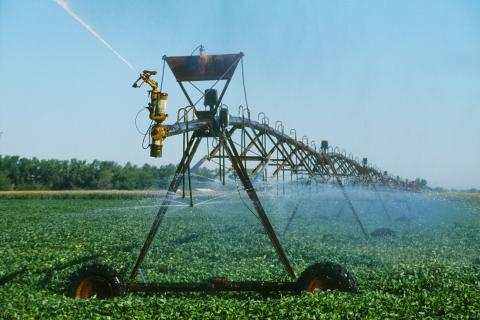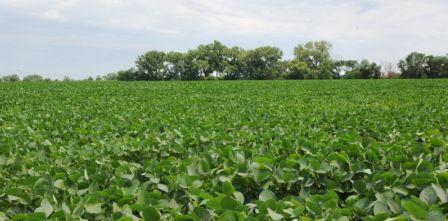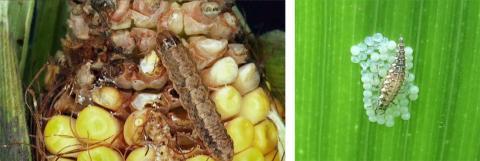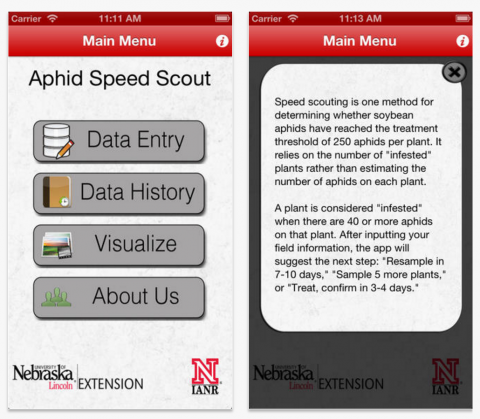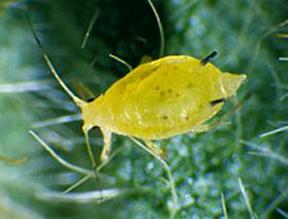Scouting Advised for Alfalfa and Clover Leaf Weevils
April 20, 2017
Alfalfa weevils have been reported damaging alfalfa in north central Kansas and western Nebraska. As temperatures warm up, expect to see alfalfa weevil larvae in southern Nebraska and slightly later, in northern Nebraska. Even with the pressure of planting row crops, it is essential that producers growing high quality alfalfa hay make time to monitor fields for weevils now and over the next few weeks. See the article for a table of treatment thresholds for various alfalfa prices.
Planting Soybean after Soybean (Part 2): In-Season Management Considerations
April 13, 2017
In Part 1 of this article, we look at considerations for planting soybean after soybean. In this article, Part 2, we share considerations for in-season management.
Planting Soybean after Soybean (Part 1): Planting Considerations
April 13, 2017
Farmers are increasing their soybean plantings for 2017, which likely means some are shifting to soybeans-after-soybeans. This article looks at what you should be considering at planting time as you consider changing your cropping sequence.
Which Bt Traits Do You Need to Purchase?
March 24, 2017
When it comes to buying corn seed, one way to save money can be to ensure that you don't invest in GMO insect protection traits that you do not need for your particular farm or field. Which corn rootworm, western bean cutworm, or European corn borer traits do you need? This article can help you determine which of the nine types of Bt proteins might best serve your needs.
Considering Non-Bt Traited Corn in 2017? Plan for More Scouting
February 8, 2017
If you're considering planting non-Bt corn this year, entomologists urge you to plan for the additional pest management practices (and associated costs) you may need to adopt, given this decision.
Soybean Aphid Scouting and Management
July 28, 2016
The current recommended economic threshold for late vegetative through R5 stage soybeans is 250 aphids per plant with 80% of the plants infested and populations increasing. Depending on economic conditions, this generally gives you about five to seven days to schedule treatment before populations reach economically damaging levels.
Soybean Aphids Found in Northeast Nebraska; Scouting Warranted
July 28, 2016
This week soybean aphids were found in several northeast Nebraska fields at low numbers. Although it has been too hot for soybean aphids to thrive, populations could quickly increase with cooler temperatures. Scouting is recommended at this time.
Decision Making for Soybean Defoliating Insects
July 15, 2016
July is when growers start to see a variety of defoliators in Nebraska soybean fields. It's easy to overestimate the amount of defoliation and soybean plants can compensate for some leaf area loss. This article describes how to assess defoliation and provides basic treatment thresholds.



